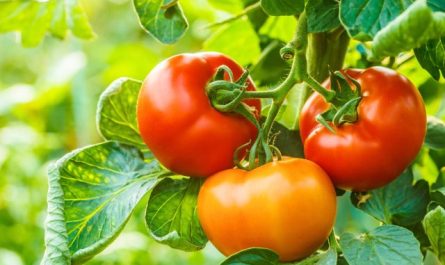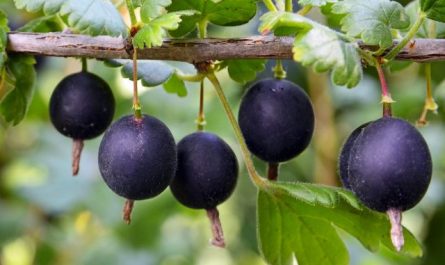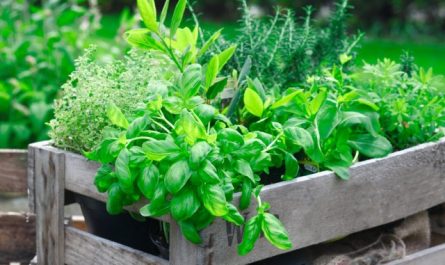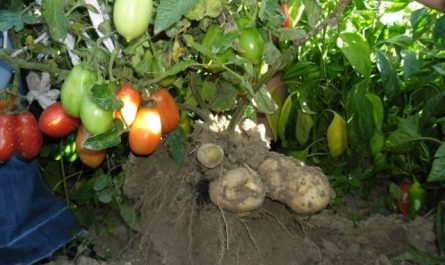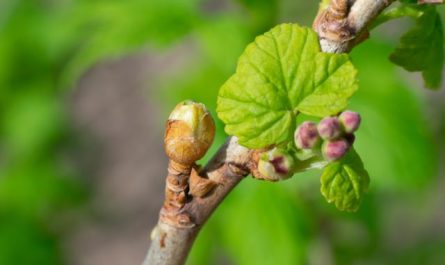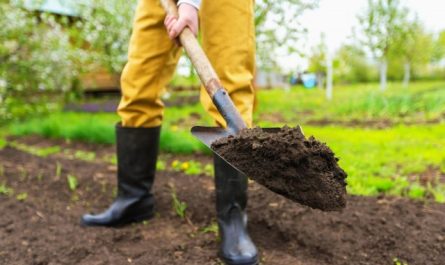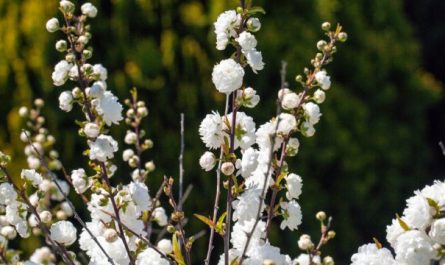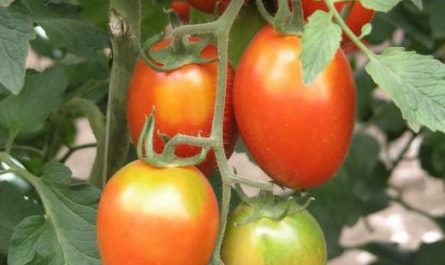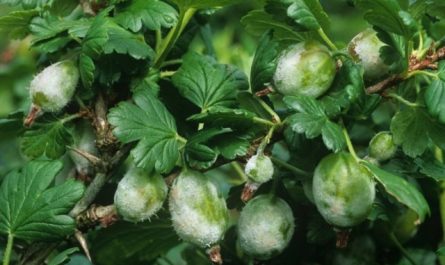A watering hose is an important device, without which it is very difficult to grow plants in a garden plot. Vegetable beds, berry bushes, flower beds, young trees and shrubs will not be able to fully grow and develop without regular watering. Having a hose makes life much easier for a summer resident. However, when using a hose, minor troubles and unforeseen complications often arise. In this article, we will talk about how to make using a hose as convenient as possible and choose a model with a minimum number of disadvantages.

To begin with, let’s look at the main problems summer residents face when using a hose in the garden and vegetable garden.
Problems You May Have with Your Garden Hose and How to Fix Them
Bends and kinks in the hose
Perhaps this nuisance is the number one problem that almost every summer resident has encountered.
Often, when choosing a hose, we try to buy a product of maximum length, so that the hose is enough to water the most distant plantings on the site. And often this is what subsequently leads to the hose twisting and forming kinks.
You must admit, it is very unpleasant to run around the garden and look for where exactly a long hose has kinked, or immediately run to the water tap and put the hose back on, because kinks often simply tear it off.
It is even more difficult for those who water with an electric pump. For such summer residents, this problem is not just a source of irritation, but also a serious threat of damage to the device. As is known, if the pump cannot fully pump water, it will overheat and very quickly “burn out”. In such situations, it is necessary to either immediately straighten the hose or turn off the device from the network.
As for twists and kinks caused by excessive length of the hose, this can be prevented by organizing a distribution system of plastic pipes on the site. Such a design will allow connecting small hoses in different parts of the site. Even the cheapest hoses with a short length kinks occur much less often, and if they do occur, they can be quickly detected and easily eliminated.
In addition, such a layout allows you to easily connect the automatic irrigation system in the desired corner of the garden and vegetable garden. For such an external country water supply in the middle zone, HDPE pipes (low-pressure polyethylene pipes) or a polypropylene pipe are better suited. But plastic PVC pipes (polyvinyl chloride) are more suitable for southern regions, as they can show instability to low winter temperatures.
Of course, the material the hose is made of and the thickness of its walls play a significant role in the issue of kinks and twists. Reinforced multilayer PVC hoses have virtually no such problem – the more layers, the less likely kinks are to occur.
But in more budget (cheap) single-layer options without reinforcement, this problem occurs, as they say, all the time. Moreover, sometimes creases are present even on new products, as they appear during storage in the store.
By the way, reinforcement can be very different, a fine mesh (4×4 mm) will poorly protect the hose from kinks. The necessary rigidity of watering hoses is given by braiding with wide cells, and it is very desirable that the structure be multi-layered.
The most resistant to bending are considered to be hoses made of rubber, thermoplastic elastomer, as well as the above-mentioned multilayer reinforced hoses made of premium PVC. But the prices for such models, as a rule, are not low. Nevertheless, as experienced summer residents say, nerves are more expensive, and the saying “a miser pays twice” continues to work invariably in the matter of choosing a garden hose.
When using budget hoses (under conditions of watering from a water tap), you can use a little trick – install a connector with an aquastop on the outlet end of the hose. In this case, the hose will always be under pressure, due to which the likelihood of flattened areas and kinks is reduced, since the hose is most vulnerable to deformation precisely when there is no water in it.

Persistent kinks in individual parts of the hose
Usually, the hose gets kinked when moving it around the garden during watering, and such minor problems are easily fixed by straightening the hose manually. But it also happens that the kinks turn into permanent deformation, and then the only option is to cut out the damaged section and connect the remaining parts together.
To repair a damaged hose, you will need two male and female fittings (it is important to select fittings that match the hose cross-section, most often 1/2 or 3/4 inches), for reliability, the fittings are fixed in the hose with a metal clamp. After this, the female and male fittings are connected to each other.
In a similar way, you can use two garden hose connectors connected with a special connector double. There are also double hose couplings on sale that will not only allow you to quickly connect (and easily disconnect, if necessary) two pieces of hose to each other. Special models will also help to connect two hoses of different diameters.
It is even easier to use a small metal tube secured with clamps, if you have the appropriate tube diameter. Thanks to such a simple repair, the hose will serve for a long time.
Too weak/strong pressure
If this problem is caused by the pressure in the central water supply, then it is not always possible to apply radical methods. However, this problem can be corrected a little by choosing a hose of the correct diameter.
The most common garden hose is 1/2 inch in diameter, and this is what most of the various attachments (guns, connectors, sprayers, etc.) are designed for. These hoses are lightweight and portable.
Along with this, you can often find a hose with a larger diameter – 3/4 inches – on sale. With the same initial data, the pressure in a thinner hose (1/2 in diameter) will be stronger than in one with a wider opening. However, this is true for a total hose length of no more than 15 meters, since with increasing length, resistance also increases, which affects the speed of the water jet.
Hoses longer than 15 meters are best chosen with a diameter of 3/4 inches. If watering is to be done from a pump pumping water from a well, it is recommended to use a hose with a diameter of 3/4 inches, since it is more difficult for the pump to pump water through a narrower tube, which can negatively affect the operation of the device.

The holes in the water spray accessories are clogged
Typically, this problem occurs when tiny algae settle on the inside walls of the hose. Since algae need light to reproduce, this phenomenon is very common with hoses made of transparent and translucent materials, such as silicone or cheap single-layer PVC hoses.
Therefore, when buying, it is better to initially give preference to products with opaque walls. If such a problem already exists, you can fill the hose with a special agent for combating algae in pools, and leave it with the solution for some time, closing both ends with connectors with aquastop.
When the malfunction of the sprayers is caused by the presence of a large amount of mechanical suspension in the water, which often occurs in summer cottage water pipes, then the problem is solved by installing a special filter for the tap.
More expensive models even have a self-cleaning mechanism built in, which makes filter maintenance much easier. By type, mesh and disc filters are most common; for a summer house, you can choose either class, since they cope with the task assigned to them approximately equally.
The hose breaks the plants
There are several options to eliminate this problem, varying in cost and complexity of execution. The simplest “folk” method is to drive several reinforcement rods around the perimeter of the flower bed or garden beds, which will reliably hold the hose if it accidentally rushes towards valuable plantings.
Sometimes in garden stores you can find special hose guides that not only perform the function assigned to them, but also often have a decorative shape and serve as an additional decoration for the area.
The use of specially configured hoses helps to completely forget about this problem. For example, a spiral hose shaped like a children’s toy “rainbow”, which, if necessary, easily stretches and independently twists back into a spiral.
Thanks to these properties, the hose does not drag along the ground uncontrollably and does not break plants, and, what is also important, does not dirty the gardener. However, you have to pay for convenience, and such models are expensive compared to traditional hoses.
Another unusual modification is the self-expanding nylon hose, which is also sometimes called the “miracle hose.” This product significantly increases in size under water pressure, after which it again becomes short and weightless.
When choosing this option, it is worth considering that at low pressure in the system, such an option will not be able to work properly, and at too high pressure, according to summer residents, it begins to literally “jump in your hands”.
In addition, gardeners note the unreliability of such models, since the self-extending hose very often breaks and cannot be restored, while its cost is also very high. For ease of use of the classic hose, there are special reels in which most of the hose is in a rolled up form, and does not stretch across the entire area.
Such a compact hose is also less dangerous in terms of breaking plants and, in addition, does not spoil the design of the site by its constant presence in visible places. There are mechanical and automatic hose reels, and some are made in the form of carts with wheels for ease of movement.
Also, in the issue of breaking plants when moving the hose, the above-described device of distribution from plastic pipes can be useful, to which, if necessary, short hoses can be easily connected in different parts of the garden, which are much easier to control, preventing them from getting into flower beds and garden beds.

It is difficult to control the water stream
Nowadays, there is no longer any need to “freeze your fingers” by squeezing the end of the hose to get the desired stream, because there is a huge number of so-called watering guns on sale.
Typically, this device has several options for spraying water – from fine, almost mist-like, to strong pressure in one or several streams, allowing you to “shoot” to the plantings at a distance of several meters.
These guns also have a water shut-off mode, which allows you to stop watering without running to the tap. Most models also have a trigger lock, so your hand doesn’t get strained or tired when watering.
When choosing a gun, it is important to pay attention to its ergonomics and the quality of the plastic. There are also extended spray nozzles on the rod, which help prevent another problem – wet feet when watering.
This seemingly tiny problem also causes inconvenience and trouble. Why put up with it when the source of irritation can be easily eliminated? Among other things, the model on the rod will be very useful for car enthusiasts when washing their car.
Hose rating (by materials of manufacture)
1. Thermoplastic elastomer (TPE) hoses
The most common type of hose in Europe, which combines the positive aspects of rubber and PVC hoses. In recent years, it has also become popular here. We decided to put this hose in first place due to its numerous positive qualities and minimal number of disadvantages.

Advantages of TPE hoses:
- very durable and will last 15 years or longer;
- does not bend or twist, easily regains shape;
- environmentally friendly (made from environmentally friendly rubber melted using a special technology);
- possibility of pumping drinking water;
- the hose remains flexible even at temperatures of minus 30 degrees and can be used in the off-season and, if necessary, in winter;
- no need to bring it indoors for the winter;
- resistant to high pressure (8 atmospheres).
Disadvantages of TPE hose:
- high price;
- not always on sale.
2. Multilayer PVC hoses
Multilayer PVC hoses are the most popular among summer residents, they have good characteristics and serve reliably when watering the garden and vegetable garden. A garden multilayer PVC hose can have from two to six layers. The more layers, the longer its service life and resistance to water pressure. Such options, as a rule, also have reinforcement between the layers, preventing kinks.

Advantages of multilayer PVC hoses:
- has an optimal price-quality ratio;
- light weight (for models with a diameter of 1/2 inch);
- increased resistance to kinks and twisting, ability to restore shape after compression;
- such hoses are made from environmentally neutral materials;
- resistance to chemical environments (fertilizers, detergents, etc.);
- resistant to ultraviolet radiation;
- Possibility of use under high pressure.
Disadvantages of PVC hoses:
- average service life, compared to more durable rubber and TPE hoses;
- creases and twists still occasionally occur even in multi-layer models;
- At low temperatures the hose hardens considerably (not to be used at temperatures below zero degrees).
3. Rubber hoses
Rubber hoses also have many advantages, and many gardeners prefer them. However, rubber hoses also have a number of rather significant disadvantages.

Advantages of rubber hoses:
- Reinforced rubber hoses have the highest resistance to kinks;
- can be used in cool weather;
- UV resistant;
- wear-resistant and durable (more than 10 years);
- There are inexpensive options.
Disadvantages of rubber hoses:
- very heavy compared to similar products made from other materials;
- difficult to find on sale;
- high-quality rubber hoses from reliable brands are expensive;
- The material may be toxic, such hoses are not recommended for drinking water.
4. Silicone hoses
As a rule, silicone hoses are transparent and resemble medical droppers in appearance.

Advantages of silicone hoses:
- very light, practically weightless;
- small diameter modifications have good resistance to kinks;
- Most models can be used to supply drinking water;
- the material is environmentally friendly;
- highly resistant to aggressive environments (salts, alkalis, etc.).
Disadvantages of silicone hoses:
- usually have transparent walls, which promotes the growth of algae on the inner walls;
- models with a wide cross-section constantly form creases;
- cannot be used under pressure, problems may arise even at medium pressure (3 atmospheres);
- react negatively to changes in water pressure, so they are not recommended for watering from a pump.
5. Single-layer PVC hoses
The most budget option, this is where the advantages of these models end. Watering with such hoses causes a lot of problems for the gardener due to the constant appearance of kinks and twists that prevent the supply of water.

Advantages of single-layer PVC hoses:
- increased flexibility;
- a light weight;
- low price;
- easy to find on sale.
Disadvantages of single-layer PVC hoses:
- constant formation of creases and twists;
- short service life;
- average UV resistance;
- not suitable for working under high pressure.


